You’ve probably come across the term ‘stay stitch’ on a sewing pattern piece or in a sewing book and wondered what stay stitching is. You might have even asked yourself whether you need to stay stitch.
The answer is yes!
Stay stitching isn’t hard, but it often feels like a waste of time. It might be tempting to skip this step when your fabric is all cut out, and you’re ready to wear your new clothes, but patternmakers aren’t making you staystitch to waste your time.
What happens if you don't stay stitch? Like skipping prewashing your fabric, it's a gamble. Predicting what will happen to your garment once it's finished is impossible.

What is stay stitching?
In many patterns, you will be instructed to stay stitch on curved patterns or patterns that are sewn into curves, like collars, necklines, armholes, and facings.
In stay stitching, straight stitches are sewn along the edge of a single piece of fabric, slightly inside the seam allowance. This should be done before sewing any pieces together.
A standard stitching line is ⅛" (3.2 mm) from the raw edge of the fabric. For stay stitching, some people shorten their stitch length, while others stitch directly on the seamline. It helps to sew from one edge to the center and stop. Then sew from the other edge and meet at the center.
Once the garment is finished, the staystitching will not be visible. What is the point of doing this, then?
Why do you need to stay stitch?
Whenever you cut the fabric at an angle or curve, it is closer to the bias grain, and the bias stretches as a result. The bias of your fabric can distort when you handle it during construction due to its stretchiness. As you sew your garment, stay stitching prevents your fabric from stretching.
Here are the three top reasons why you don’t want to skip stay stitching.
- The garment won’t lay flat on your body. The neckline will lose its shape if it stretches during construction. Therefore, V-necks will lose their characteristic V shape, and they may appear ripply or baggy.
- Your pattern pieces won’t match. When you attach coordinating pieces, such as a facing, sleeve, or collar, without staystitching, your pattern pieces might not match. The neckline may stretch too much, resulting in puckers when you try to sew the collar piece with the neckline.
- Your fabric is stretching, even if you can’t see it yet. Even if you think you handle your fabric gently, try tugging a scrap cut close to the bias. It can be stretched out with just a few gentle tugs. Your feed dogs can pull the fabric from your grasp during garment construction. When you attach bias tape, a facing, or if you have to do the burrito method, you are pulling on the fabric. Unless your fabric is held in place by that helpful row of stitches, these tugs and pulls will stretch it out.
The common areas to stay stitch
- Curved necklines
- Slashed necklines
- Armholes
- Style lines
- Shaped waistbands
- Pocket openings – curved and slashed!
- Shoulder seam – if extended and crossing the bias grain line
Is Stay Stitching The Same As Basting?
No. Stay stitching is not the same as basting. Using a basting stitch, we attach two pieces of fabric together and remove this thread once we have finished sewing the final seam.
Individual pieces are staystitched, and the stitches are left in place afterward.
Should you Stay Stich Lining Pieces?
Yes! Anything you cut - main fashion fabrics, facings, and linings - should be stay stitched if you want it to last!
Do You Backstitch When Stay Stitching?
You do not need to backstitch when stay stitching, but it will not hurt anything if you do. You can also shorten the length of your stitch to start with and when ending your line of stay stitches. This has a similar effect to backstitching.
Stay Stitching is Worth the Time.
So try not to skip stay stitching; it is worth the extra time.
LEARN TO SEW OR IMPROVE YOUR SKILLS
Do you want to start sewing but need a helping hand with the basics? Our Sewing 101 course has everything you need to start sewing confidently and improve your skills. Be sure to join our free private Facebook group.


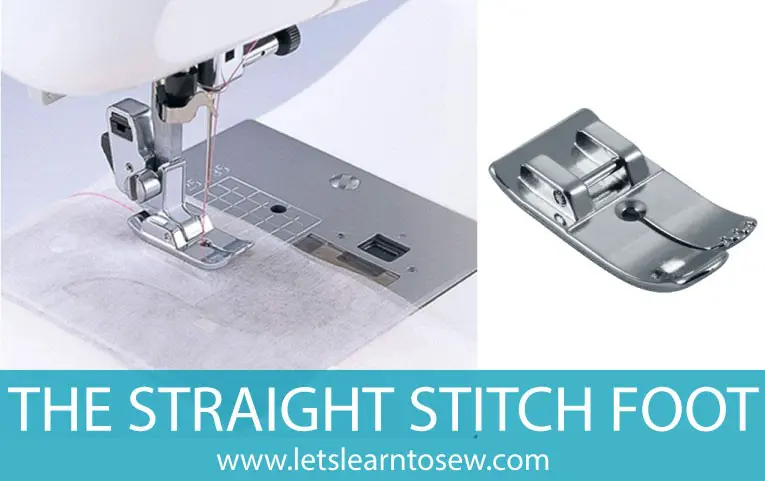


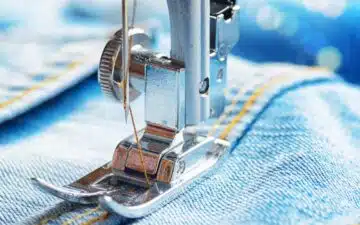
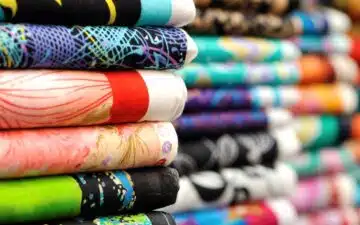
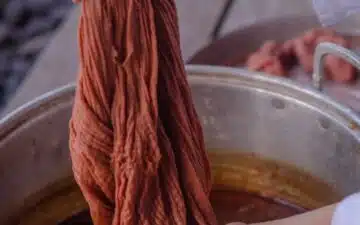
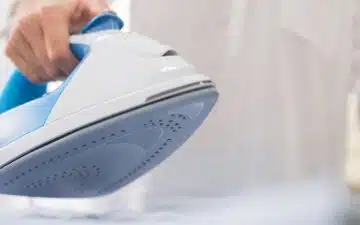
Leave a Reply